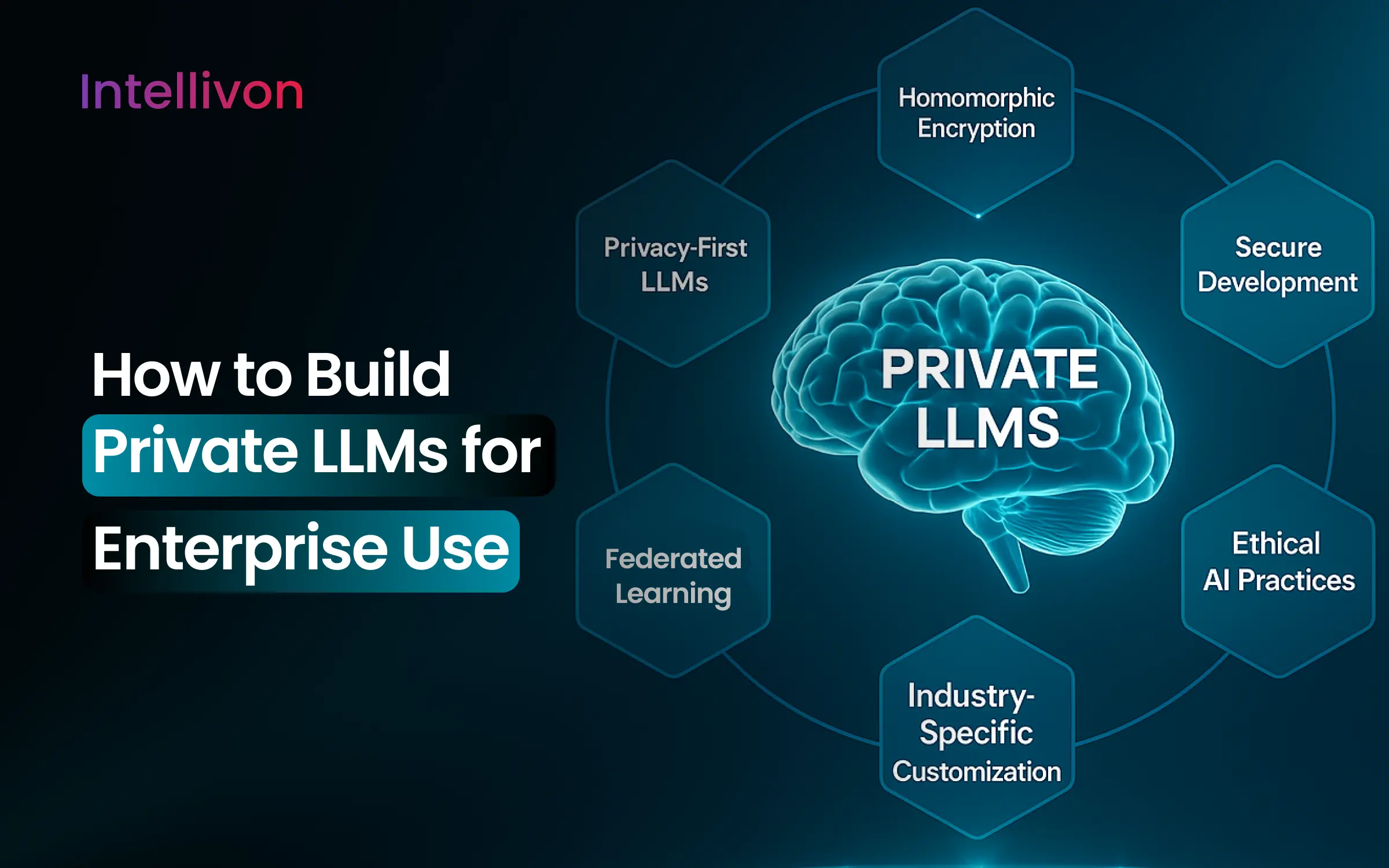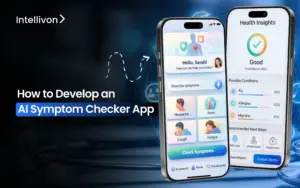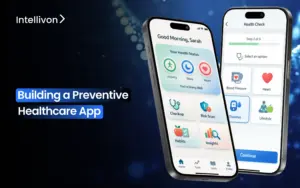As AI adoption accelerates across industries, enterprises are realizing that generic, publicly available AI models often fall short when it comes to data privacy, customizability, and integration with internal workflows. Public LLMs raise concerns over data leakage, regulatory non-compliance, and black-box decision-making.
Private LLMs address these issues by giving organizations full control over how and where models are trained, deployed, and utilized. With a private model, companies can fine-tune on domain-specific data, ensure compliance with regulations, and maintain strict access controls. This guide dives deep into what private LLMs are, why enterprises are investing in them, and how to build one from the ground up.
What Are Private Large Language Models (LLMs)?
Private LLMs are generative AI systems that process and generate natural language within an isolated enterprise environment. These models can be open-source (such as LLaMA, Falcon, or GPT-NeoX) or custom-built by the organization. They are typically deployed on-premises or in a virtual private cloud, ensuring no data leaves the enterprise network.
Private LLMs support:
- Text generation (e.g., reports, summaries)
- Information extraction and classification
- Conversational interfaces
- Translation, reasoning, and question-answering
Enterprises retain full control over updates, performance tuning, compliance protocols, and integration. This makes them ideal for highly regulated industries like finance, healthcare, and defense.
Why Enterprises Need Private LLMs
Organizations across sectors are prioritizing private LLMs for a variety of mission-critical reasons:
- Data Confidentiality: Enterprises handle sensitive customer, legal, or proprietary information. Private models ensure this data doesn’t leave the company’s secure environment.
- Customization: Enterprises need models tailored to their terminology, tone, and knowledge base. Fine-tuning enables this precision.
- Scalability and Cost Control: Public APIs can become prohibitively expensive at high usage volumes. Private deployment offers predictable, optimized costs.
- Compliance: Enterprises in finance, health, and law are bound by strict data usage rules (e.g., HIPAA, GDPR). A private LLM ensures alignment.
- Reduced Vendor Lock-in: Owning or hosting the model infrastructure reduces reliance on external services, offering strategic independence.
Key Use Cases for Private LLMs in Enterprise Environments
Customer Support Automation
Enterprises can deploy chatbots powered by private LLMs to manage high-volume support tickets. These bots provide instant, accurate responses, triage issues, and escalate when needed. Unlike public bots, they can access sensitive account histories, policies, or troubleshooting scripts without risking data exposure.
Internal Knowledge Management
Employees often waste hours searching scattered files, emails, or internal wikis. Private LLMs enable semantic search across enterprise content. Staff can ask questions in plain English and get concise, contextual answers drawn from training manuals, SOPs, or internal databases.
Code and Workflow Generation
Tech teams use private LLMs for rapid prototyping, DevOps automation, and workflow design. The model can generate code snippets, shell commands, or CI/CD scripts tailored to the enterprise’s toolchain and coding standards. It acts as an AI pair programmer trained on internal repositories.
Compliance and Legal Analysis
Legal and compliance teams leverage private LLMs to process large volumes of contracts, extract clauses, summarize legal risks, and monitor policy adherence. They enable rapid, consistent reviews and reduce the overhead on legal departments.
Business Intelligence and Decision Support
Private LLMs help executives analyze sales reports, market data, or operational metrics. Integrated with BI tools, these models allow natural language querying of dashboards, generation of summaries, and formulation of scenario-based recommendations.
Core Components of a Private LLM Infrastructure
Model Selection (Open-source vs. Proprietary)
Open-source models (e.g., LLaMA 2, Falcon, GPT-J, MPT) offer full control, transparency, and customization. Proprietary models from vendors may offer better performance but come with licensing costs and restrictions. The decision depends on team expertise, budget, and privacy needs.
Hardware and Compute Requirements
Training a base model can require thousands of GPU hours and multi-node HPC clusters. Inference-only deployments can be hosted using fewer GPUs or optimized on CPUs using quantization. Enterprises often use hybrid environments local infrastructure for sensitive tasks, cloud for scalable workloads.
Data Security and Access Control
Implement zero-trust policies around LLM access. Encrypt model weights and data at rest and in transit. Use RBAC and multi-factor authentication to control access. Monitor for abuse, exfiltration, or misuse using audit logs and real-time alerts.
Integration with Enterprise Systems
LLMs must integrate with:
- CRMs (Salesforce, HubSpot)
- ERPs (SAP, Oracle)
- Document management systems (SharePoint, Confluence)
- DevOps pipelines
- Knowledge bases
This enables real-time querying, automation, and data synchronization with minimal friction.
Development Process: Building a Private LLM
Data Gathering and Preprocessing
The quality and relevance of training data determine how well the LLM performs. Enterprises must gather:
- Internal documentation
- Call center transcripts
- Codebases
- Policy manuals
- Knowledge bases
Preprocessing involves text cleaning, deduplication, formatting, tokenization, and aligning with the use-case intent.
Model Fine-tuning and Domain Adaptation
Fine-tuning customizes the LLM for your enterprise’s language, tone, and workflows. Common techniques include:
- Supervised Fine-Tuning (SFT) with labeled examples
- Instruction tuning to follow task prompts
- LoRA or QLoRA for efficient adaptation
Domain-specific prompts, datasets, and reinforcement learning loops ensure model outputs remain relevant and safe.
Testing and Validation
Test for:
- Hallucination and factual errors
- Bias and fairness
- Performance across languages or formats
Use both automated metrics (BLEU, ROUGE, perplexity) and human evaluators. Maintain a test set for regression analysis after updates.
Deployment and Monitoring
Deploy using MLOps platforms like MLflow, Seldon, or Kubernetes. Enable real-time and batch modes. Monitor:
- Latency and throughput
- Accuracy drift
- User satisfaction
- Security events
Feedback loops should allow retraining or prompt correction based on live user input.
Security, Privacy, and Compliance Considerations
Security is paramount when deploying private LLMs in regulated industries. Best practices include:
- Role-based access for model endpoints
- Encryption using TLS/SSL and AES
- Redaction pipelines to filter PII before training
- Adherence to NIST, SOC 2, HIPAA frameworks
- Logging and auditing of all interactions
- Geo-fencing and regional cloud zoning for compliance with data localization laws
Challenges and Risks in Private LLM Implementation
- Cost and Infrastructure: Initial GPU investments, storage, and engineering effort are high.
- Model Hallucination: LLMs can generate plausible but incorrect information.
- Skill Gaps: Building and maintaining LLMs requires AI, DevOps, cybersecurity, and domain experts.
- Versioning and Drift: Over time, models may degrade in performance if not retrained.
- Ethical and Legal Risks: Inaccurate or biased responses can lead to reputational or legal consequences.
Case Studies: Enterprises Successfully Using Private LLMs
- BloombergGPT: Built on a massive corpus of financial data, this LLM powers analytics, headlines, and decision support tools for finance professionals.
- Mayo Clinic: Developed private medical LLMs trained on clinical notes, improving documentation accuracy and physician workflows.
- PwC Legal: Created contract analysis tools that review thousands of pages within minutes, reducing review cycles by over 60%.
- Amazon: Uses LLMs trained on seller interactions and product data to automate helpdesk operations at scale.
Future Trends in Enterprise LLM Development
- Specialized, smaller models: Organizations are adopting smaller, domain-specific models that are easier to deploy and control.
- RAG (Retrieval-Augmented Generation): Combines LLMs with dynamic access to enterprise knowledge bases.
- Privacy-preserving training: Federated learning and differential privacy allow training without exposing raw data.
- AI agents: Autonomous workflows powered by LLMs will handle multi-step enterprise tasks.
- Explainability tools: New tools will help interpret why models produce certain outputs—key for compliance.
Conclusion
Private LLMs are reshaping enterprise AI by offering secure, customizable, and cost-effective alternatives to public models. With thoughtful design, strong governance, and a focus on specific business needs, organizations can unlock powerful applications—from customer support to strategic insights.
As the LLM ecosystem matures, tools for fine-tuning, deployment, and observability are becoming more accessible. Enterprises that act now will be well-positioned to build differentiated, intelligent systems that drive innovation and competitive advantage.
FAQs: People Also Ask
What is the difference between a private and public LLM?
Private LLMs are hosted and operated entirely within an enterprise-controlled environment, ensuring complete control over data, customization, and compliance. Public LLMs are accessible via external APIs and offer limited transparency.
Can small businesses use private LLMs?
Yes, lightweight open-source models and managed AI services now make it feasible for SMEs to deploy domain-specific private LLMs without high overhead costs.
What are the main benefits of private LLMs?
Better data privacy, enterprise-specific tuning, regulatory compliance, reduced vendor risk, and lower long-term costs.
How do you train a private LLM?
Select a base model, gather relevant enterprise data, preprocess it, fine-tune using techniques like SFT or LoRA, validate with benchmarks and users, and deploy within secure infrastructure.
Are private LLMs more secure than public ones?
Yes, because access is controlled, infrastructure is private, and no data is transmitted externally, private LLMs greatly reduce the attack surface and compliance risks.




